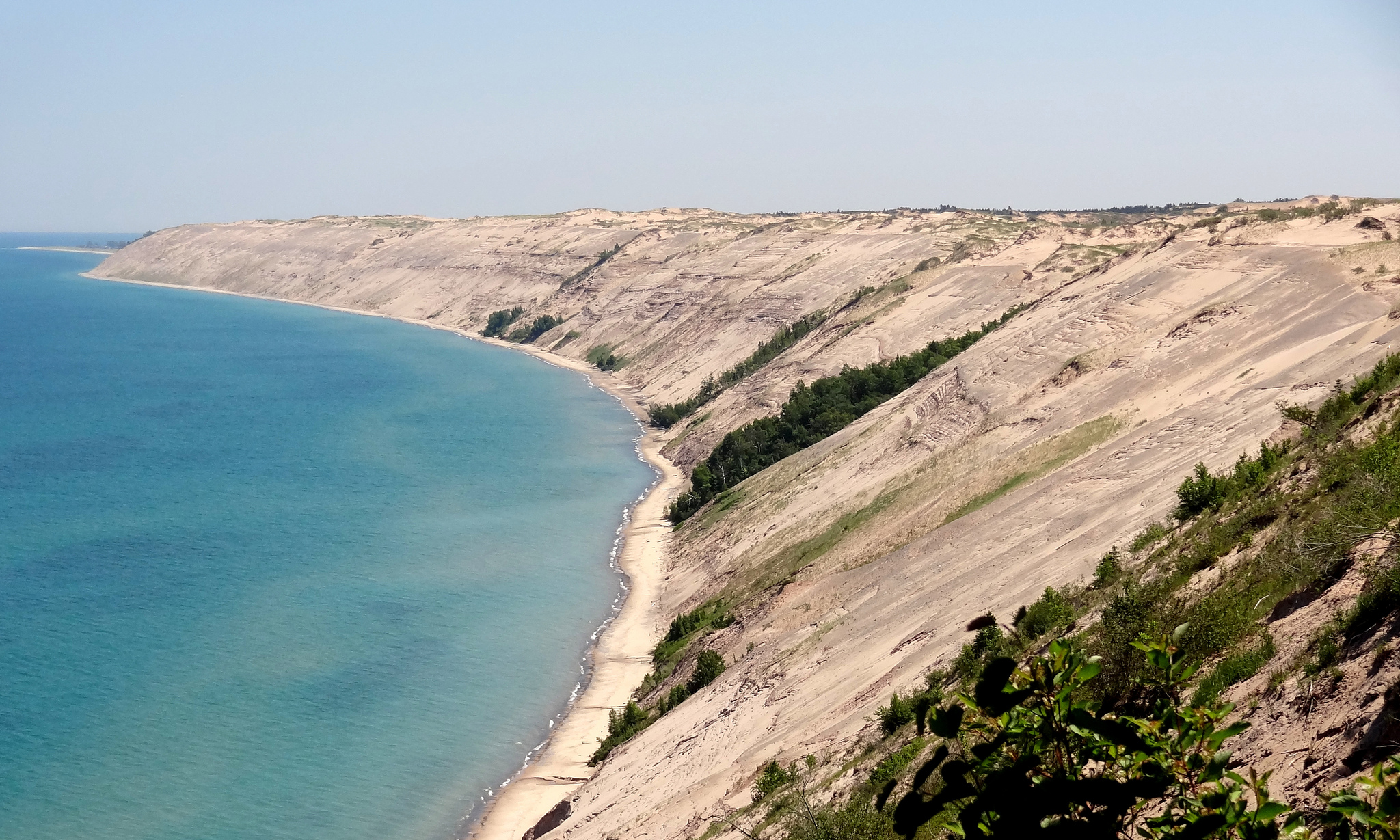WisconsinWatch.org:
“Late on a winter night in 2004 in Kewaunee County, six-month-old Samantha Treml was rushed to an emergency room, violently ill from bathing in water poisoned by manure spread on a nearby frozen field that seeped into the home’s private well. The rest of her family got sick, too.
In 2014, seven people visiting Door County were sickened after manure from a large farm made its way into a home’s private water well.
In 2015, Kewaunee County Board member Chuck Wagner discovered that the new $10,000 well he was forced to install two years earlier was again contaminated with viruses and cow manure. Wagner and his wife now use a reverse osmosis system to filter the water before drinking or cooking while they contemplate whether to dig a second new well.
And this year, the Algoma School District is offering free water to residents whose wells are contaminated...
Between 2007 and 2010, an estimated 18 percent of 3,868 private wells in Wisconsin tested positive for coliform bacteria — an indicator of disease-causing bacteria, viruses or parasites — according to a 2013 study by researchers with the state Department of Health Services. That translates into as many as 169,200 of the 940,000 Wisconsin households served by private wells exposed to disease-causing pathogens.”





















